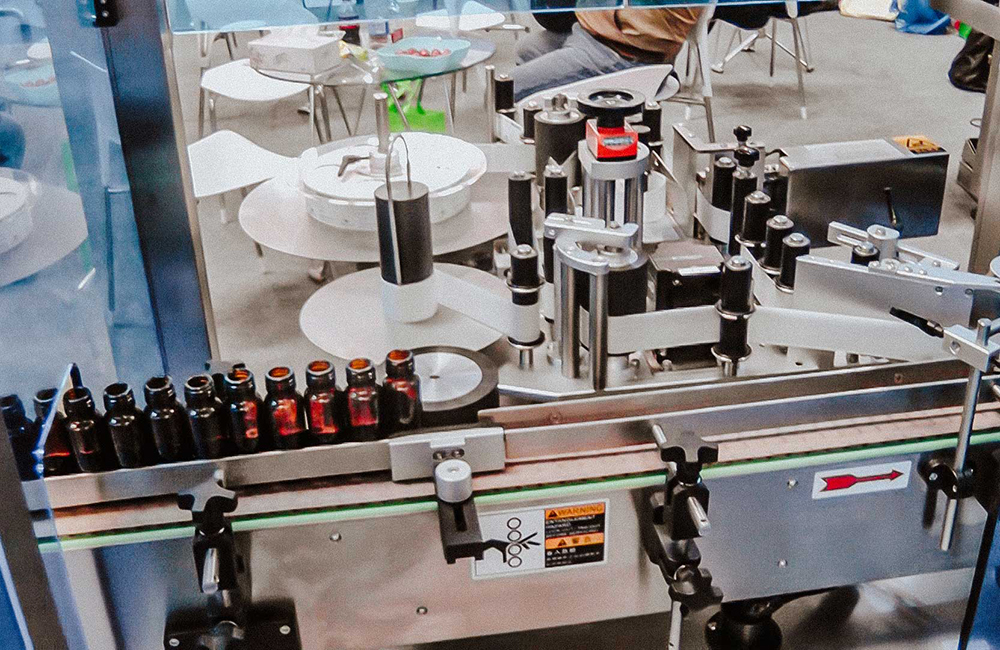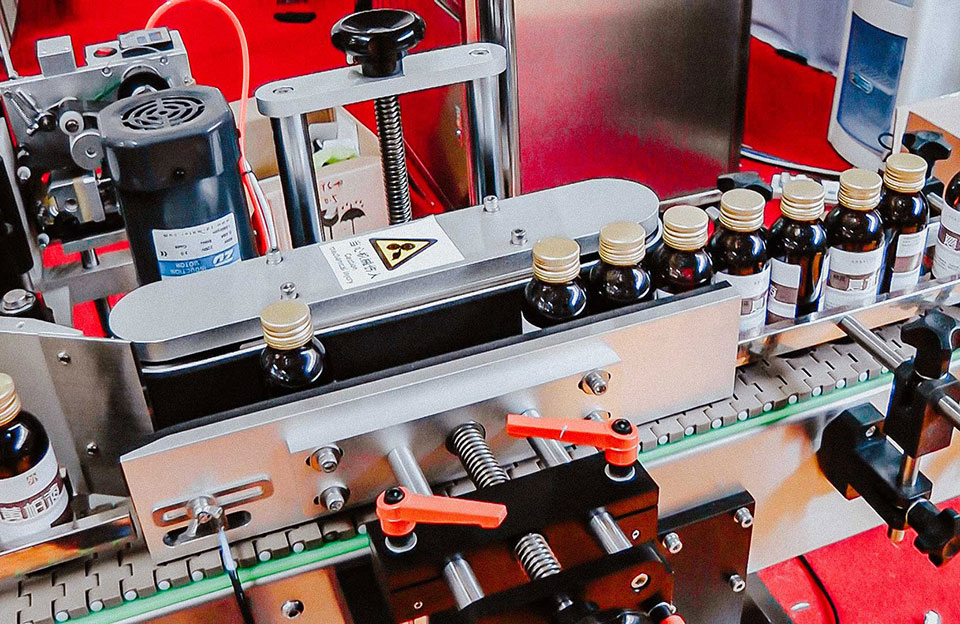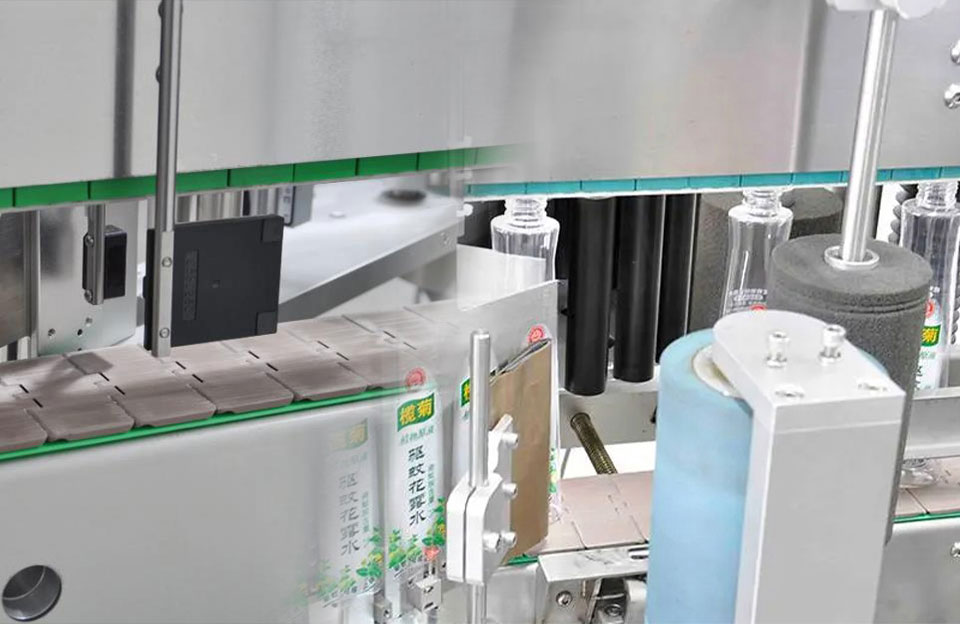The automatic labeling machine industry is becoming increasingly important due to automated packaging solutions in numerous industries, such as food and beverages. Automatic labeling machines provide high-quality label applications while increasing throughput by reducing downtime and waste. Rising consumer awareness and expanding packaging standards in the food industry drive the demand for automatic labeling equipment.
The global automatic labeling machine market is valued at USD 2.17 billion in 2021. The market is projected to grow at a CAGR of 5.5% to reach approximately USD 3.12 billion in revenue by the end of 2028.

Key Market Insights of Automatic Labeling Machine
The automatic labeling machine market was experiencing significant growth and transformation due to various factors. Below are some key market insights of automatic labeling machines:
- Increased Demand for Automation: The rising demand for automation in industries, especially in food and beverage, pharmaceuticals, and cosmetics, has been a major driver for the automatic labeling machine market. It offers higher speed, accuracy, and consistency than manual labeling, reducing production time and labor costs.
- Focus on Efficiency and Productivity: Manufacturers across industries are increasingly adopting automatic labeling machines to enhance production efficiency and productivity. These machines can handle high-speed labeling, improving throughput and reducing downtime, resulting in overall cost savings.
- Compliance with Regulatory Standards: Industries such as pharmaceuticals and food and beverage are subject to stringent labeling regulations. Automatic labeling machines ensure compliance with these regulations by applying labels accurately and consistently, reducing the risk of errors or mislabeling.
- Integration with Smart Technologies: Automatic machines integrate smart technologies such as IoT and machine learning. This allows for real-time monitoring of labeling processes, predictive maintenance, and data-driven insights, enabling better production line management.
- Customization and Versatility: Modern automatic labelers are designed to handle a wide range of product sizes, shapes, and label types. They offer flexibility and customization options, allowing businesses to adapt to changing product labeling requirements without major adjustments to the machinery.
- Sustainability and Green Initiatives: As sustainability becomes a growing concern for businesses and consumers, automatic labeler manufacturers focus on eco-friendly solutions. This includes reducing waste and energy consumption and incorporating recyclable materials in label applicators.
- Global Market Expansion: The market for automated labeling machines has been expanding globally, with increased adoption in both developed and emerging economies. As industries in developing regions grow, the demand for automated labeling solutions is also rising.
- Industry 4.0 and Digital Transformation: Integrating automatic labeling machines into Industry 4.0 initiatives is gaining momentum. Manufacturers are leveraging digital transformation to create smarter and more efficient production lines, where labeling machines are crucial in the automated workflow.
- Competitive Landscape: The market for automatic labelers is competitive, with several established and emerging players vying for market share. Key players often differentiate themselves by offering advanced features, customization options, and exceptional customer support.

Automatic Labeling Machine
Restraint Factors for the Development of Automatic Labeling Machine
While automatic labeling machines offer numerous benefits and opportunities for various industries, several restraint factors have affected their development and adoption. Some of these restraint factors include:
- High Initial Investment: The initial cost of acquiring and installing automatic labeling machines can be significant. This upfront investment might deter smaller businesses or companies with limited budgets from adopting this technology.
- Complexity and Integration Challenges: Integrating automatic labelers into existing production lines can be complex, especially in older facilities or when other automation technologies are already in place. Compatibility issues and the need for customized solutions might pose challenges.
- Skilled Workforce Requirements: Operating and maintaining automated labeling machines require skilled technicians familiar with the machinery and its software. A shortage of trained personnel can hinder the widespread adoption of this technology.
- Product Variety and Changeovers: Industries dealing with a wide range of product sizes, shapes, and packaging materials might face difficulties setting up and adjusting automatic labeling machines for different products. Frequent changeovers can lead to downtime and reduced productivity.
- Labeling Material Constraints: Some automatic labelers are optimized for specific label materials, and using alternative label materials might not yield satisfactory results. Limited label material options can restrict the flexibility of labeling solutions.
- Maintenance and Downtime Concerns: Like any complex machinery, automatic labeling machines require regular maintenance and occasional repairs. Downtime for maintenance can disrupt production schedules and impact overall efficiency.
- Labeling Accuracy and Alignment: Ensuring precise and consistent label placement is crucial, especially in industries with stringent regulatory requirements or aesthetic demands. Alignment or mislabeling incidents can lead to product rejections and potential compliance issues.
- Sustainability and Environmental Impact: While some advancements have been made in eco-friendly labeling solutions, not all automatic labeling machines prioritize sustainability. Environmental concerns can influence the purchasing decisions of environmentally-conscious businesses and consumers.
- Resistance to Change: Resistance to change from employees or management can be a barrier to adopting new technologies, including automatic labeling machines. Overcoming organizational inertia and fostering a culture of innovation is crucial in addressing this restraint.
- Market Awareness and Education: In some regions or industries, awareness about the benefits and capabilities of labeling machines might be limited. Manufacturers and vendors must actively educate potential users about adopting this technology’s advantages and ROI (Return on Investment).
Conclusion
The automatic labeling machine industry has addressed some of these challenges through technological advancements and improved market conditions, but some unavoidable factors still hold back the industry. Manufacturers can effectively overcome unfavorable factors by using technological changes and other methods to achieve rapid development of the labeling machine industry.


